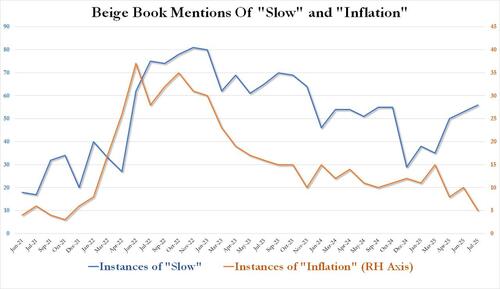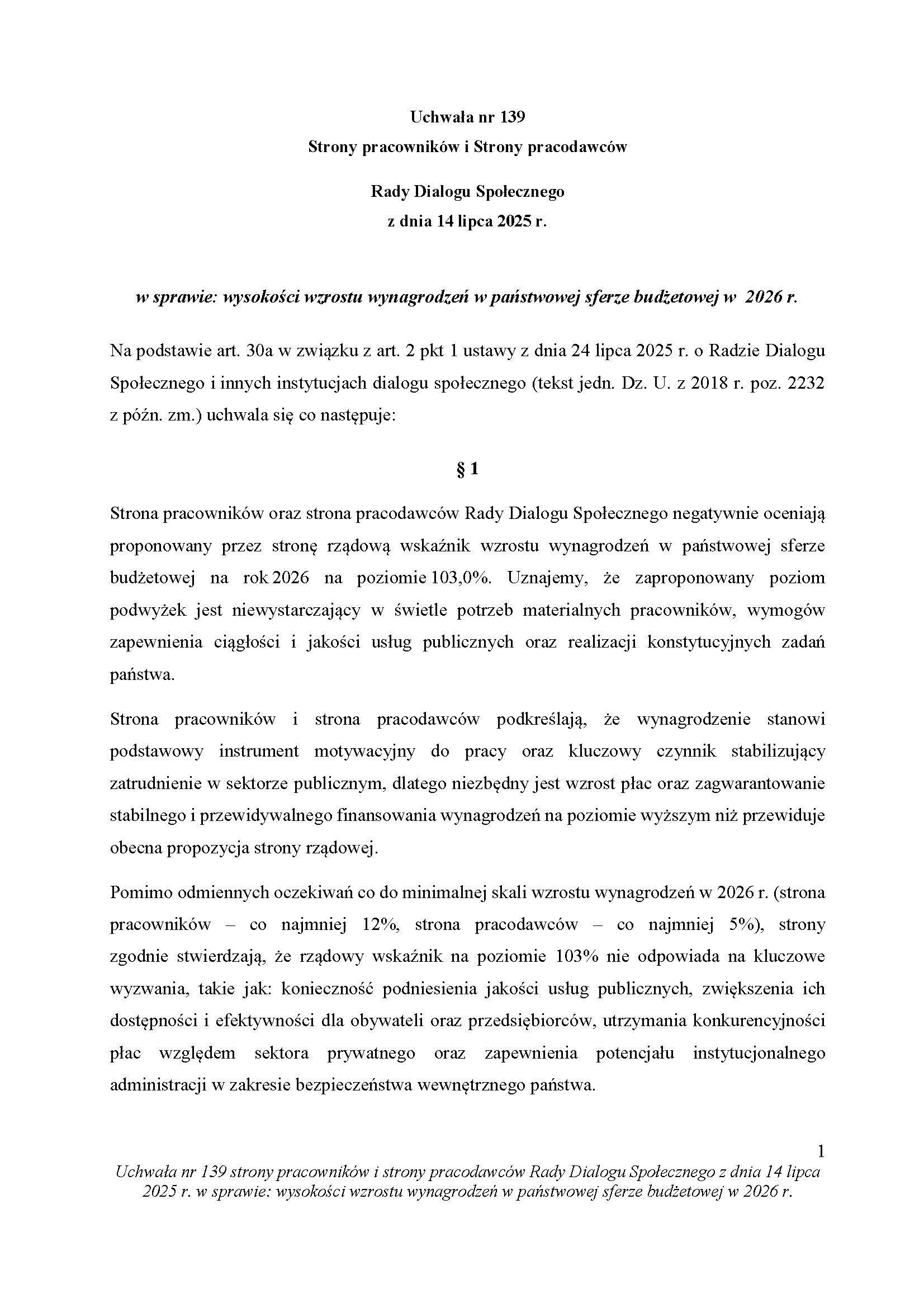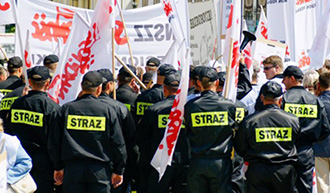Beige Book Spells Trouble For Powell: Mentions Of „Inflation” Tumble To 4 Year Low, As Growth Concerns Mount
Many were shocked (again) after the latest CPI and PPI data confirmed that the experts were once again dead wrong, and instead of the widely expected inflation tsunami, Trump’s tariffs have so far sparked only continued disinflation (which will only become more acute as home prices slide). And yet, anyone who read our Beige Book analysis from April (not to mention our accurate prediction from last June that „The Experts Are All Wrong About Inflation Under A Trump Presidency”) would have known just that: as we laid out, „Beige Book Finds Inflation Mentions Tumble To 3 Year Low” which was the clearest indication that despite the prevailing narrative, rising prices is simply not a thing businesses across the US are worried about. We got further confirmation of this last month, when the latest Beige Book found no runaway inflation (again) but instead that sentiment in the economy splitting along party lines.
Fast forward to today when the latest, July, Beige Book was released, and it revealed that according to reports across the 12 Fed districts, „economic activity increased slightly from late May through early July.” Five Districts reported slight or modest gains, five had flat activity, and the remaining two Districts (New York and Philadelphia, naturally democrat strongholds) noted modest declines in activity. That, the Beige Book admitted, represented an improvement over the previous report, in which half of Districts reported at least slight declines in activity.
The Beige Book said that all Districts reported that while economic activity rebounded, uncertainty remained elevated, contributing to ongoing caution by businesses. Nonauto consumer spending declined in most Districts, softening slightly overall (hardly a signal of an imminent inflationary burst). Auto sales receded modestly on average, after consumers had rushed to buy vehicles earlier this year to avoid tariffs. Tourism activity was mixed, manufacturing activity edged lower, and nonfinancial services activity was little changed on average but varied across Districts.
Meanwhile, offsetting some of the economic slowdown, loan volume increased slightly in most Districts. On the flip side, construction activity slowed somewhat, constrained by rising costs in some Districts while home sales were flat or little changed in most Districts, and nonresidential real estate activity was also mostly steady. Activity in the agriculture sector remained weak. Energy sector activity declined slightly, and transportation activity was mixed.
Overall, the outlook was neutral to slightly pessimistic, as only two Districts expected activity to increase, and others foresaw flat or slightly weaker activity.
Focusing on labor markets, the Beige book reported the following:
- Employment increased very slightly overall, with one District noting modest increases, six reporting slight increases, three no change, and two noting slight declines.
- Hiring remained generally cautious, which many contacts attributed to ongoing economic and policy uncertainty.
- Labor availability improved for many employers, with further reductions in turnover rates and increased job applications.
- A growing number of Districts cited labor shortages in the skilled trades.
- Several Districts also mentioned reduced availability of foreign-born workers, attributed to changes in immigration policy.
- Employers in a few Districts ramped up investments in automation and AI aimed at reducing the need for additional hiring.
- Wages increased modestly overall, extending recent trends, with reports that ranged from flat wages to moderate growth.
- Although reports of layoffs were limited in all industries, they were somewhat more common among manufacturers.
- Looking ahead, many contacts expected to postpone major hiring and layoff decisions until uncertainty diminished.
As for prices, it should come as no surprise by now that the runaway inflation everyone was expecting just isn’t there. Here is Beige book confirmation:
- Prices increased across Districts, with seven characterizing price growth as moderate and five characterizing it as modest, mostly similar to the previous report.
- In all twelve Districts, businesses reported experiencing modest to pronounced input cost pressures related to tariffs, especially for raw materials used in manufacturing and construction.
- Rising insurance costs represented another widespread source of pricing pressure.
- Many firms passed on at least a portion of cost increases to consumers through price hikes or surcharges, although some held off raising prices because of customers’ growing price sensitivity, resulting in compressed profit margins.
- Contacts in a wide range of industries expected cost pressures to remain elevated in the coming months, and yet despite expecting just that for months now, there has been zero abnormal tariff-driven inflation of note yet.
In short, for yet another month, the sky is not falling.
Here is a snapshot of highlights by Fed District:
- New York: Economic activity continued to decline modestly as heightened uncertainty hindered decision-making. Employment was up slightly and wage growth was modest. Selling price increases remained moderate, while input prices rose steeply with widespread tariff-related cost increases.
-
Philadelphia: Business activity continued to decline modestly in the current Beige Book period. Activity fell moderately for nonmanufacturers but edged up slightly for manufacturers. Employment declined slightly, while wages increased slightly. Prices rose modestly after moderate growth last period. Generally, firms expect slight growth over the next six months, although economic uncertainty remains.
-
Cleveland: District business activity continued to be flat in recent weeks, but contacts expected activity to increase slightly in the months ahead. Several manufacturers reported softer orders, and transportation contacts reported a steep decline in demand. Contacts said that cost growth remained robust while their selling prices only increased modestly.
-
Richmond: The regional economy grew moderately in recent weeks. Consumer spending on retail, leisure, and hospitality increased at a modest to moderate rate. Business conditions were largely unchanged as firms across most sectors reported steady sales and demand. However, manufacturing activity contracted slightly with firms citing higher prices curtailing demand in recent weeks. Employment rose modestly and price growth remained moderate this cycle.
-
Atlanta: The economy of the Sixth District was little changed. Labor markets and wages were steady. Prices rose moderately. Consumer spending softened, but travel and tourism increased modestly. Residential and commercial real estate activity declined. Transportation activity grew modestly. Loan growth was flat. Manufacturing was flat, but energy activity rose moderately.
-
Chicago: Economic activity increased slightly. Employment increased modestly; consumer spending, business spending, and construction and real estate activity were flat; manufacturing declined slightly; and nonbusiness contacts saw no change in activity. Prices rose moderately, wages rose modestly, and financial conditions loosened slightly. Prospects for 2025 farm income were unchanged.
-
St. Louis: Economic activity has remained unchanged. Employment levels were generally unchanged. Prices continued to increase moderately, and most contacts continued to expect higher nonlabor costs in the coming months as a result of tariffs. The outlook among contacts remains highly uncertain and slightly pessimistic.
-
Minneapolis: Economic activity was flat overall. Employment grew slightly and wage growth was moderate. Price growth eased but manufacturers felt more acute pressures. Overall consumer spending was down but tourism activity increased. Construction and energy activity decreased while manufacturing and vehicle sales were flat.
-
Kansas City: Economic activity in the Tenth District was mostly unchanged, with some rebound in consumer spending and financial activities. Labor availability was reportedly much higher, which lowered expected wage pressures for the remainder of the year. Prices rose at a moderate pace.
-
Dallas: Economic activity in the Eleventh District economy was up slightly over the reporting period. Non-financial services activity grew modestly, and manufacturing production held steady. Loan volumes expanded, while oil production was flat, retail sales declined, and the housing market weakened. Employment was unchanged and price pressures held steady. Outlooks remained pessimistic.
-
San Francisco: Economic activity was largely stable. Employment levels were slightly lower. Wages grew at a slight pace and prices increased modestly. Retail sales expanded modestly, and consumer and business services demand eased. Conditions in manufacturing, and residential real estate markets weakened somewhat. Lending activity and conditions in agriculture were largely unchanged.
And finally, confirming that contrary to conventional wisdom the economic picture has been largely unchanged since April, the latest Beige Book found that contrary to prevailing media narratives, mentions of inflation actually dropped again, sliding to a new four year low of just 5 from 10 the previous month (effectively before the Biden inflationary explosion period) while mentions of „slow” rose to the highest since last October, just after the Powell Fed cut rates by 50bps. Overall, a very awkward report for a Fed that no longer has any excuse not to cut.

All of which suggests that the US economy – while hardly on fire as it was during the hyperinflationary period of Biden’s admin – continues to chug along and is hardly collapsing as so many Trump foes would like to see; and it certainly is not seeing prices explode higher.
Tyler Durden
Wed, 07/16/2025 – 15:25

















